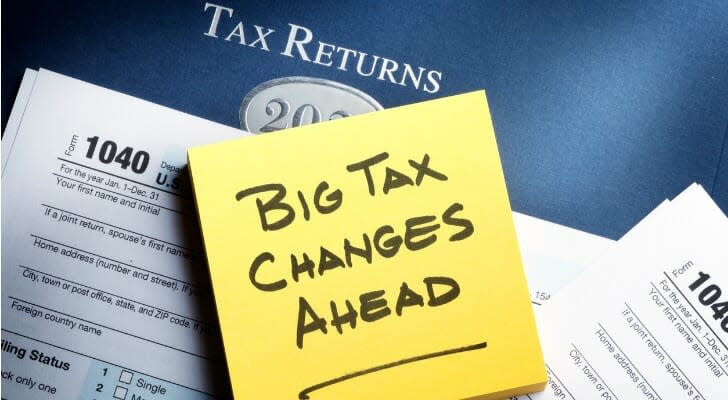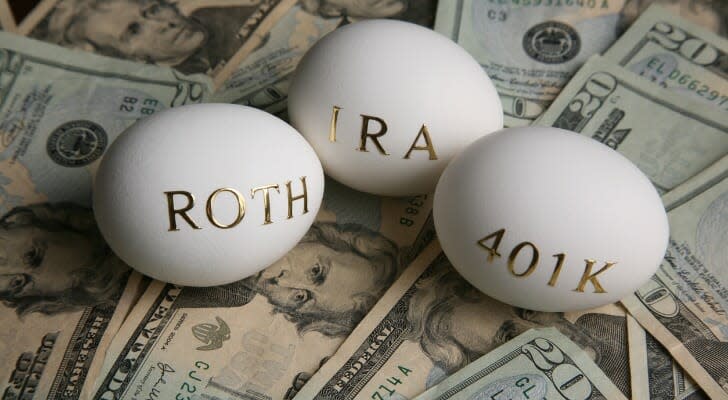You Can Now Save More For Retirement: Here’s Your 2022 401(k) Increase
The Internal Revenue Service has increased the amount you can contribute in 2022 to your 401(k) and other tax-advantaged plans. In addition, the agency hiked the income ranges for determining eligibility to make deductible contributions to traditional and Roth IRAs and updated guidance for cost of living adjustments that affect various other retirement plans. Here’s what you need to know about what’s changed and what hasn’t. Consider working with a financial advisor as you assess exactly how much you should contribute to your retirement fund.
Higher Contribution Limits for Tax-Advantaged Plans
The amount individuals can contribute to their 401(k) plans in 2022 has risen to $20,500, up from $19,500 for 2021 and 2020. Likewise, the limits of contributions to 403(b) plans, most 457 plans and the federal government’s Thrift Savings Plan was raised to $20,500, up from $19,500.
The $1,000 increase in contribution limits for401(k) plans marks the first such change since 2020. How many taxpayers will actually benefit from the increase may be limited, as most workers are not able to have enough taken out of their paychecks to reach the new maximum.
New ‘Phase-Out’ Ranges for Deductible Contributions
The income ranges for determining eligibility to make deductible contributions to traditional IRAs, to contribute to Roth IRAs and to claim the Saver’s Credit all increased for 2022. Taxpayers can deduct contributions to a traditional IRA if they meet certain conditions. A phase-out range is a tax credit’s incremental reduction that taxpayers can claim as their income approaches an upper limit. Here are the phase-out ranges for 2022:
For single taxpayers covered by a workplace retirement plan, the phase-out range is increased to $68,000 to $78,000, up from $66,000 to $76,000.
For married couples filing jointly, if the spouse making the IRA contribution is covered by a workplace retirement plan, the phase-out range is increased to $109,000 to $129,000, up from $105,000 to $125,000.
For an IRA contributor who is not covered by a workplace retirement plan and is married to someone who is covered, the phase-out range is increased to $204,000 to $214,000, up from $198,000 to $208,000.
For a married individual filing a separate return who is covered by a workplace retirement plan, the phase-out range is not subject to an annual cost-of-living adjustment and remains $0 to $10,000.
The income phase-out range for taxpayers making contributions to a Roth IRA is increased to a range of $129,000 to $144,000 for singles and heads of household, up from a range of $125,000 to $140,000. For married couples filing jointly the income phase-out range is increased to a range of $204,000 to $214,000, up from a range of $198,000 to $208,000. The phase-out range for a married individual filing a separate return who makes contributions to a Roth IRA is not subject to an annual cost-of-living adjustment and remains $0 to $10,000.
The income limit for the Saver’s Credit for low- and moderate-income workers is $68,000 for married couples filing jointly, up from $66,000; $51,000 for heads of household, up from $49,500; and $34,000 for singles and married individuals filing separately, up from $33,000. The amount individuals can contribute to their SIMPLE retirement accounts is increased to $14,000, up from $13,500.
What Hasn’t Changed
The limit on annual contributions to an IRA remains unchanged at $6,000. The IRA catch-up contribution limit for individuals aged 50 and over is not subject to an annual cost-of-living adjustment and remains $1,000.
The catch-up contribution limit for employees aged 50 and over who participate in 401(k), 403(b), most 457 plans, and the federal government’s Thrift Savings Plan remains unchanged at $6,500. Therefore, participants in 401(k), 403(b), most 457 plans, and the federal government’s Thrift Savings Plan who are 50 and older can contribute up to $27,000, starting in 2022. The catch-up contribution limit for employees aged 50 and over who participate in SIMPLE plans remains unchanged at $3,000.
The Bottom Line
For 2022 the IRS is letting taxpayers put away more into their tax-advantaged plans. The agency raised contribution limits for 401(k), 403(b), most 457 plans and the federal government’s Thrift Savings Plans. Further, the IRS raised the income ranges for determining eligibility to make deductible contributions to traditional IRAs, Roth IRAs and Saver’s Credit
Retirement Tips
It might make sense to “max out” your 401(k) contribution for 2022 – if you can afford to – but it might not. Sorting through all the factors that influence how much to contribute to a tax-advantaged account is best done with the guidance of a financial advisor. Finding a qualified financial advisor doesn’t have to be hard. SmartAsset’s free tool matches you with up to three financial advisors in your area, and you can interview your advisor matches at no cost to decide which one is right for you. If you’re ready to find an advisor who can help you achieve your financial goals, get started now.
Use this free calculator to estimate the value of your 401(k) account over time.
If you’re investing on your own, you should be prepared for what the investment markets can throw at you. SmartAsset is here to help you on your investment journey, with a number of free online resources. For example, check out our free investment calculator today.
Photo credit: ©iStock.com/DNY59, ©iStock.com/jygallery, ©iStock.com/TK
The post You Can Now Save More For Retirement: Here’s Your 2022 401(k) Increase appeared first on SmartAsset Blog.



